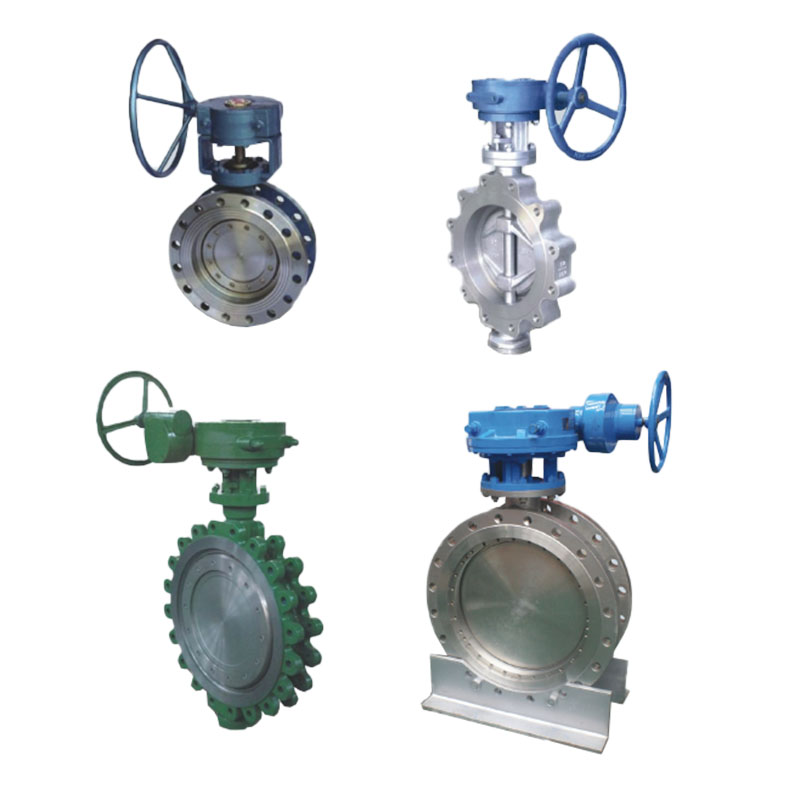Zhejiang Shunlin Valve Co., Ltd. is China Flange Valve Manufacturers, we are design and manufactures API standard valves (globe valves, gate valves, check valves, ball valves).
Common Materials For Valve Parts
There are many materials for manufacturing valve parts, including various grades of ferrous and non-ferrous metals and their alloys, and various non-metallic materials. Materials for making valve parts are selected based on the following factors:
1. The pressure, temperature, and characteristics of the working medium.
2. The force of the part and its role in the valve structure.
3. Good craftsmanship.
4. In the case of meeting the above conditions, there must be a lower cost.
Material of valve body, bonnet, and valve plate (valve disc) The valve body, bonnet, and gate (valve disc) are one of the main parts of the valve, which directly bear the pressure of the medium, and the materials used must meet the "pressure and temperature class of the valve" Provisions. Common materials are as follows:
1. Gray cast iron: Gray cast iron is suitable for water, steam, air, gas, oil, and other media with nominal pressure PN≤1.0MPa and temperature of -10℃~200℃. Common grades of gray cast iron are: HT200, HT250, HT300, HT350
2. Malleable cast iron: suitable for water, steam, air, and oil medium with nominal pressure PN≤2.5MPa and temperature of -30~300℃, commonly used grades are: KTH300-06KTH330-08KTH350-10.
3. Ductile iron: suitable for media such as water, steam, air, and oil with PN≤4.0MPa and temperature of -30~350℃. Commonly used grades are QT400-15, QT450-10, and QT500-7. In view of the current domestic technological level, each factory is uneven, and it is often difficult for users to test. According to experience, it is recommended that PN≤2.5MPa, the valve should still be made of steel for safety.
4. Acid-resistant high-silicon ductile iron: suitable for corrosive media with nominal pressure PN≤O.25MPa and temperature lower than 120℃.
5. Carbon steel: suitable for media such as water, steam, air, hydrogen, ammonia, nitrogen, and petroleum products with nominal pressure PN≤32.0MPa and temperature of -30~425℃. Commonly used grades are WC1, WCB, ZG25, and high-quality steel 20, 25, 30, and low-alloy structural steel 16Mn. 6. Copper alloy is suitable for water, seawater, oxygen, air, oil, and other media with PN≤2.5MPa, as well as steam medium with a temperature of -40~250℃. The commonly used grades are ZGnSn10Zn2 (tin bronze), H62, Hpb59-1 ( Brass), QAZ19-2, and QA19-4 (aluminum bronze).
7. High-temperature steel: suitable for steam and petroleum products with nominal pressure PN≤17.OMPA and temperature≤570℃. Commonly used grades are ZGCr5Mo and 1Cr5MO.ZG20CrMoVZG15Gr1MolV12CrMoVWC6, WC9, and other grades. The specific selection must be in accordance with the valve pressure and temperature specifications.
Eight, low-temperature steel, suitable for nominal pressure PN≤6.4Mpa, temperature ≥-196 ℃ ethylene, propylene, liquid natural gas, liquid nitrogen, and other media, commonly used grades) ZG1Cr18Ni90Cr18Ni91Cr18Ni9TiZCr18Ni9
Nine, stainless acid-resistant steel, suitable for nominal pressure PN≤64Mpa, temperature ≤200 ℃ nitric acid, acetic acid, and other media, commonly used grades are ZG0Cr18N19TiZG0Cr18Ni10 <nitric acid resistance>, ZGCr18Ni12Mo2TiZGCr18Ni12Mo2Ti <acid and urea resistance>.
To learn more, please refer to Industrial Valves Manufacturers

 English
English 中文简体
中文简体 русский
русский







